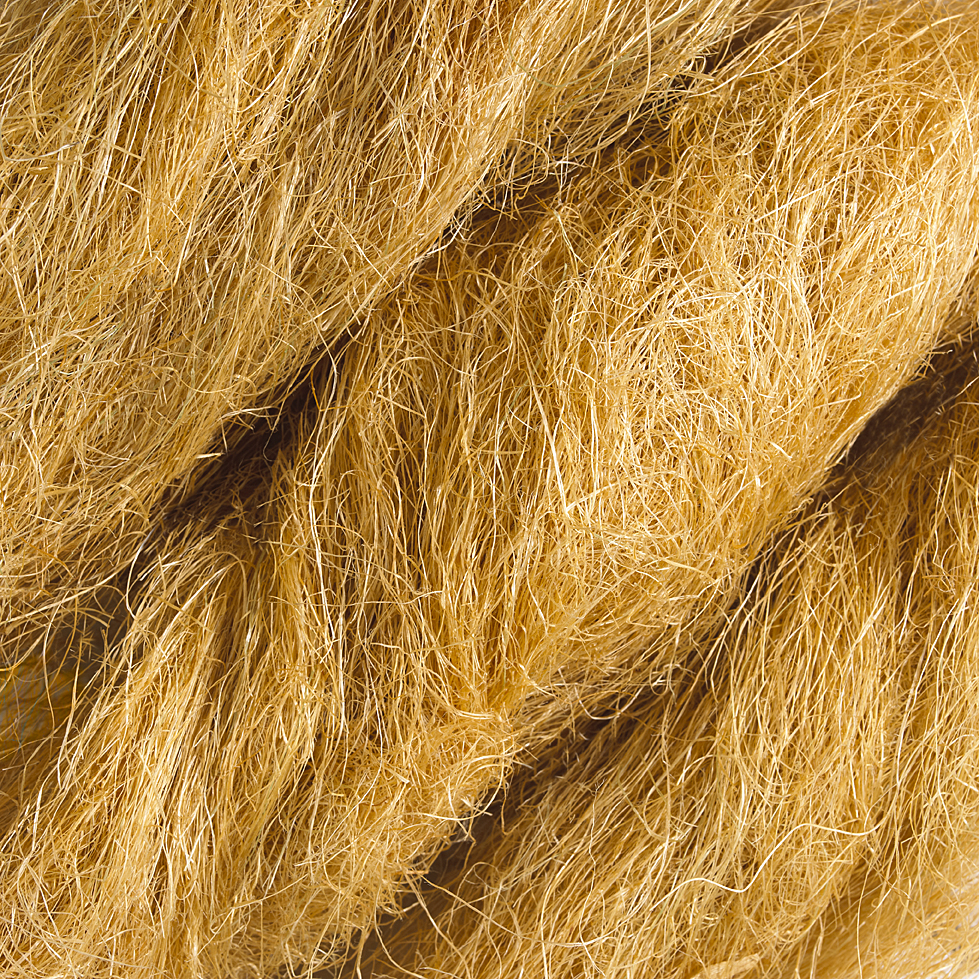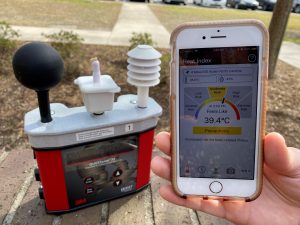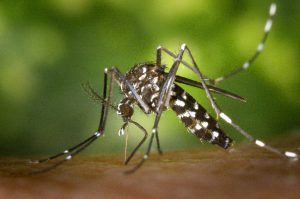Dizbay-Onat M, Vaidya UK, Balanay JG and Lungu CL (2017). Preparation and characterization of flax, hemp and sisal fiber-derived mesoporous activated carbon adsorbents. Adsorption Science and Technology 35(9), doi:10.1177/0263617417700635.
Abstract
The first aim of this study was to investigate mesoporous activated carbon adsorbents from sisal, hemp, and flax fibers by cost-effective methods. Fibers were impregnated with low concentration (20 wt.%) phosphoric acid. Carbonization temperatures were defined by thermal analysis. Bast fibers (hemp, flax) decompose at lower temperatures (419.36°C, 434.96°C) than leaf fibers (sisal, 512.92°C). The second aim was to compare bast and leaf fibers-derived activated carbon adsorbents by determining physical adsorption properties, chemical compositions, scanning electron microscope, and Fourier transform infrared spectroscopy. Results showed that natural fibers have good candidates to prepare mesoporous activated carbon adsorbents with high surface area (1186–1359 m²/g), high mesopore percentage (60–72%), and high C content (80–86%). Even though leaf-derived activated carbon developed more mesoporous structure (72%), bast-derived activated carbons provided higher surface areas (S hemp = 1359 m²/g; S flax = 1257 m²/g) and C content. Fourier transform infrared spectra for bast fibers-derived activated carbon adsorbents were quite similar while leaf fiber-derived activated carbon adsorbent had a different spectrum.
The abstract of the article can also be accessed on the Sage Journals website.
The advance e-published article can be accessed here.




